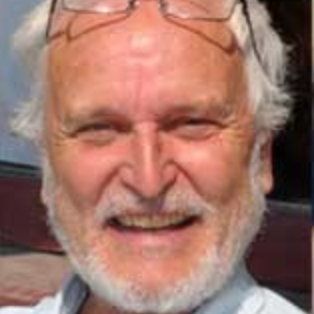 Department
DepartmentAlaska Geobotany Center
OrganizationUniversity of Alaska Fairbanks
Emaildawalker@alaska.edu
Location
Fairbanks , Alaska 99775
United StatesBio
Dr. Walker has spent most of his academic career describing, analyzing, and mapping the vegetation of Arctic and alpine areas. He uses classical methods of vegetation analysis combined with remote sensing and geographic-information-system (GIS) tools to try to understand vegetation-environmental relationships in a hierarchy of spatial scales. He also has a strong interest in analyzing the cumulative effects of natural resource development in the Arctic. Among my primary accomplishments have been the description, analysis, and mapping of the vegetation and related geobotanical factors on Niwot Ridge and at many sites in northern Alaska, the Seward Peninsula, Arctic Canada, and Russia. He has studied and published extensively on pingo vegetation, biocomplexity of patterned ground, snow-vegetation relationships, vegetation response to climate change, and circumpolar vegetation patterns. His most recent work has focused at the circumpolar scale. He was the lead scientist for making the Circumpolar Arctic Vegetation Map and am helping to make a global boreal-forest vegetation map. Dr. Walker has been a PI on several international projects involving scientists from most of the circumpolar countries, the two largest have been remote-sensing and ground studies of vegetation, soils, and permafrost along two long transects in North America and the Yamal region of Russia. He served on the National Research Councils Committee on Cumulative Environmental Effects of Alaska North Slope Oil and Gas Activities (2000-2003). Dr. Walker currently teaches two courses in the Biology and Wildlife Department at the University of Alaska Fairbanks, and have been director of the Alaska Geobotany Center since 1999. In 2011 he was a Fulbright Scholar at Masryk University, Brno, Czech Republic.
